Speaker
Description
Monolithic CMOS active pixel sensors in depleted substrates (DMAPS) are an attractive development for pixel tracker systems in high-rate collider experiments. The radiation tolerance of these devices is enhanced through technology add-ons and careful design, which allow them to be biased with large voltages and collect charge through drift in highly resistive silicon bulks. In addition, the use of commercial CMOS technology would reduce the current production complexity and costs of large module areas.
The LF-Monopix chips are two fully functional large-scale DMAPS prototypes with a column drain readout architecture. They were designed in a 150 nm CMOS process that made it possible to place and isolate each pixel’s front-end circuitry within a charge collection electrode of a size comparable to the pixel area.
This contribution will give an overview of the chips' design, sensor and front-end performance with a focus on radiation hardness. Measurements on neutron irradiated samples showed an in-time detection efficiency of $\sim 97\%$ after a NIEL dose of $1\times10^{15} n_{eq} /cm^{2}$. Moreover, the gain did not degrade and noise only increased by $25\%$ after a X-ray Total Ionizing Dose of $100$ Mrad. The characterization of the latest prototype has also shown a positive outcome from the effort to implement a matrix with a column length of 2 centimeters and a reduced pixel pitch of $150 \times 50$ $um^{2}$.




